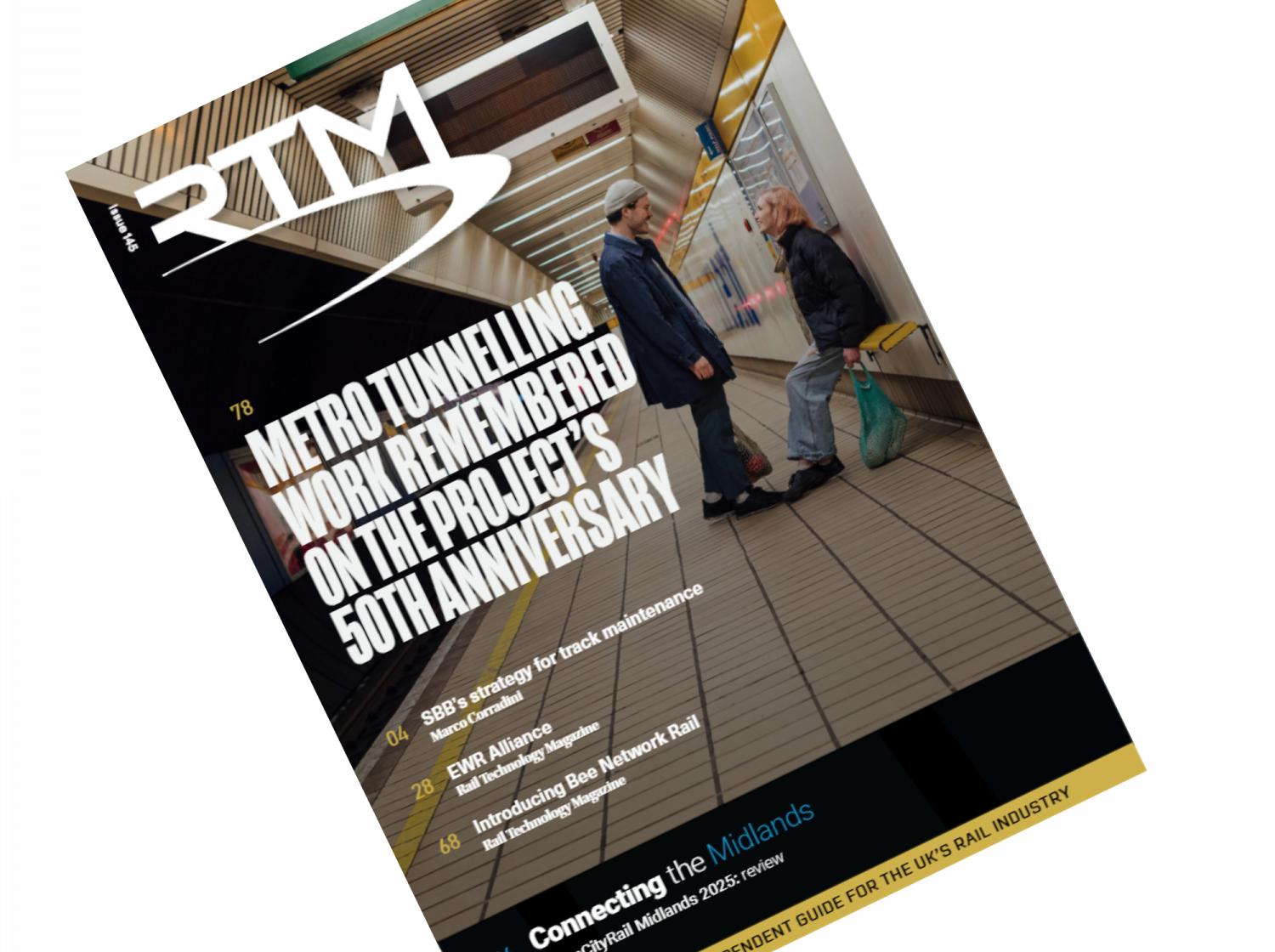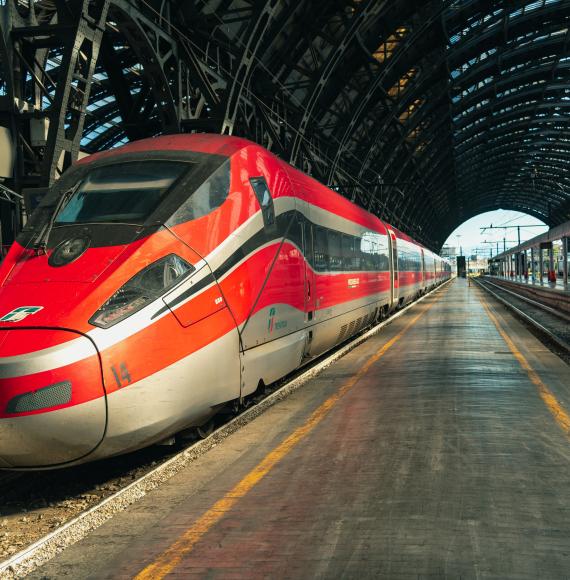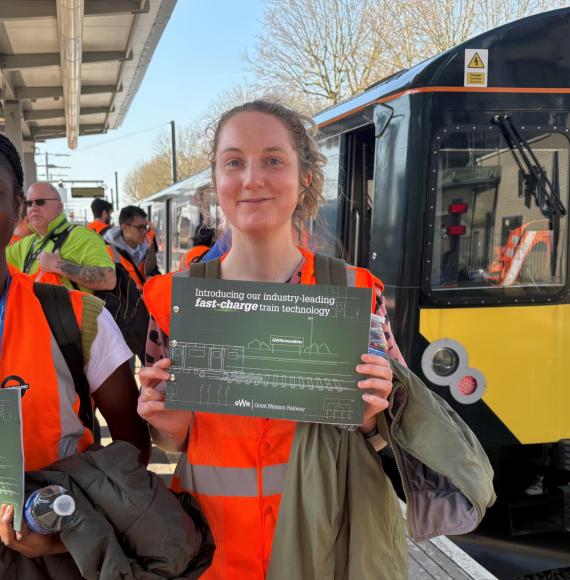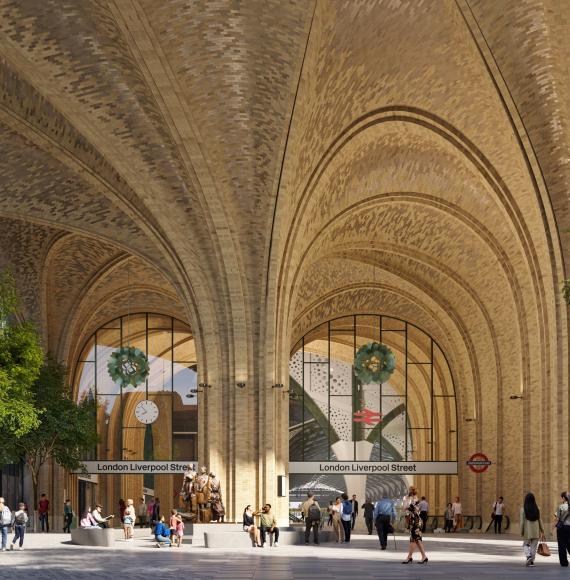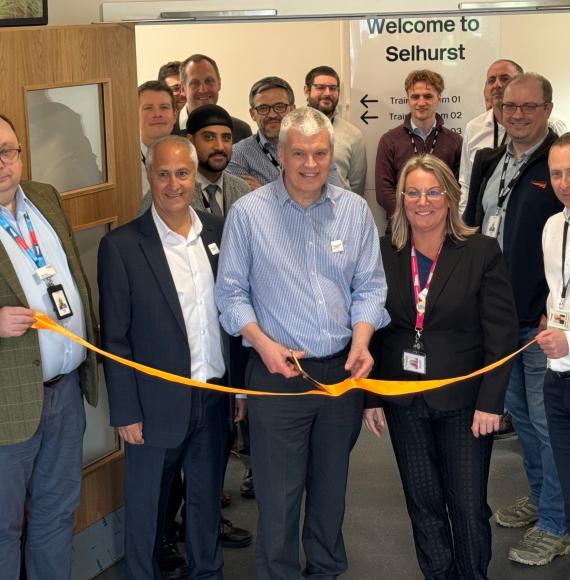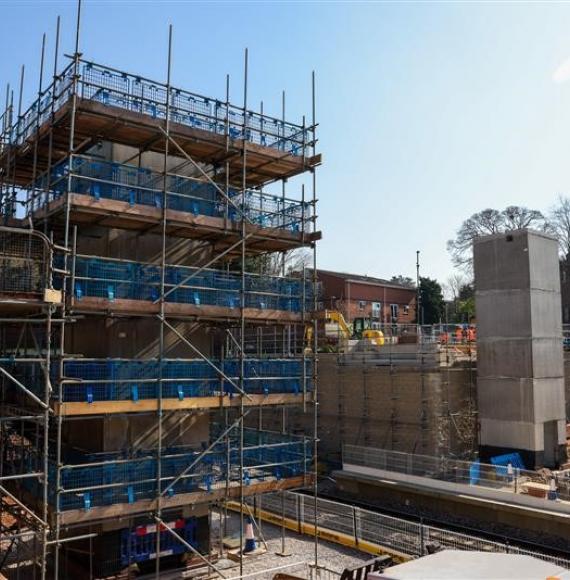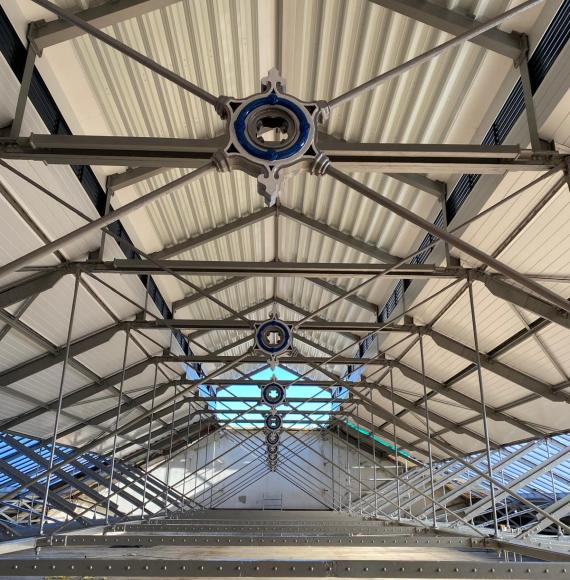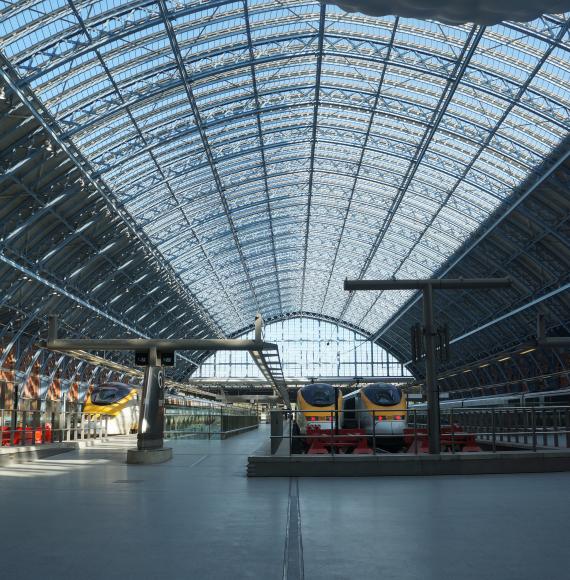The heavy snowfall has caused numerous issues and delays over the past couple of weeks and Network Rail (NR) has worked to innovate around this challenge.
They have adopted the use of thermal imaging cameras mounted to an NR helicopter to help keep passengers and freight moving across the West Midlands.
Although sub-zero temperatures caused heavy snow to fall and ice to form on tracks this weekend (23/24 Jan), a large portion of the railway has been operating as normal.
This is helped by the Network Rail Air Operations team, which yesterday (25 Jan) carried out sky-high inspections of the West Coast mainline and key rail routes in the West Midlands.

The detailed aerial photos were taken on the flight over Wolverhampton station, and also Tamworth station in Staffordshire, are to check that points, the equipment which allows trains to move tracks, do not become frozen and stop working.
In each set of points, the steel rails are heated to stop this from happening. If the heaters are working correctly the points show glow bright white in the thermal pictures, if they appear dark the helicopter team raises the alarm to engineers on the ground for them to fix.

Dave Penney, Network Rail’s Central Route Director, said: “With the West Midlands under a blanket of snow the Network Rail Air Operations team has been inspecting the railway from the sky today to help keep passengers and freight moving.
"Key sections of track are fitted with heaters and insulation to help stop them freezing. Thermal imaging cameras attached to a helicopter have been checking the heaters are working.
"Anything reported to us from the skies can then be looked at straight away by the extra teams of people on the ground and fixed as quickly as possible."

Images: Network Rail



